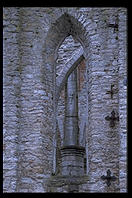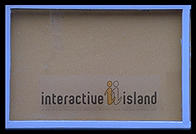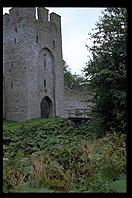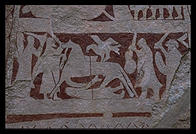
A Brief History
of Gotland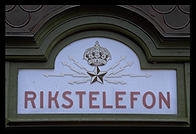

|
A Brief Historyof Gotland |

|
Home : Travel : Sweden : Gotland History
It has been inhabited by people for somewhere between 8000 and 6000 years (depending on the source). Farming was the first business to develop and, by the Viking Age, Gotland was a major trade center in Northern Europe. About half of the 20,000 Viking Age silver coins found in Sweden were discovered on Gotland.
Gotland, initially an independent sovereign entity, fell under German rule in 1398, Danish rule in 1408, Swedish rule in 1645, Danish rule again in 1676, and ended up as part of Sweden in 1679, with a brief 23-day occupation by the Russians in 1808.
Interestingly, when Gotland fell under Swedish rule, it did so as the result of peace treaties, whereas other countries' means of obtaining it were generally not peaceful.
